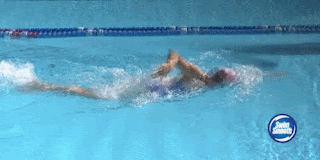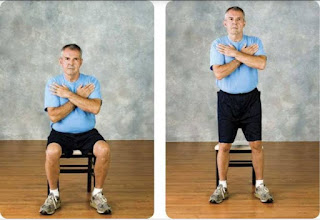STRENGTH - Definition, types & Methods to Improve.
According to Barrow ‘‘ strength is the capacity of the whole body or of any of its part to exert force.’’
Types of strength -:
Different types of strength are required in different types of activities, for better understanding strength is divided in two categories -:
1. DYNAMIC STRENGTH -
It is related with movement so it can be called as isotonic strength. This type of strength it is required in pull-ups & to push ups. While performing such work out there is a diminishing tendency in dynamic strength and as a result after sometime muscle refuse to do work. In each sport movement strength appears in different form. Generally Dynamic Strength is divided into 3 categories
A. Maximum Strength -
It is the ability to work against maximum resistance. Maximum strength is not used in majority of sport it is only used in sport where very heavy resistance are to be tackled for example weight lifting, shot put, hammer throw, discus throw, etc. In other sports maximum strength is required for a short period.
B. Explosive Strength -
C. Strength Endurance -
2. STATIC STRENGTH -
Static strength is also called isometric strength. It is the ability of muscle to act against resistance. Static strength can be measured by dynamometer. This type of strength is not seen directly. It is not usually used in sports but in weight lifting it is used in different phases.
Methods to improve strength are -:
1. ISOMETRIC EXERCISES - Isometric exercises are those exercises which are not visible. There are no direct movements and hence they cannot be observed. Hindi sex sizes a group of muscles are stressed more than the other group of muscle full stop when these exercises are done muscle do not change their length and they remain fixed or constant all the muscle do not remain constant or still completely. Muscles may feel a slight tremor if exercise is done for a long time. Internal frequency that work is done during these exercises but scientifically we cannot say that work is done. Work is not done in these exercises as expenditure of muscle power is usual phenomenon.
Ex -: If we push a concrete wall we will not be able to move it. So work is not done, as Work is said to be done when point of application of a force moves.
2. ISOTONIC EXERCISES -
Isotonic exercises are those exercises in which movements can be sent directly. Work is done in this exercises. Isotonic exercises tones the muscles, muscle become flexible and length of muscle can be increased in isotonic exercises. These exercises are much valued in field of sports. These are the best for strength development.
Ex -: Medicine ball exercises, Calisthenics, weight training, etc.
3. ISOKINETIC EXERCISES -
These exercises are performed on special machines. These exercises were developed by Perrine in 1968. These exercises involves a specific type of muscle contraction which is usually not applicable in sport and game except in water sports such as rowing and swimming. In isotonic exercises contraction of muscle applies maximum force only at a particular angle during a range of movement whereas in isokinetic exercise contraction of muscle applies maximum force throughout the complete range of movement. The speed of contraction can be adjusted according to individual capacity. With help of these exercises explosive strength and strength endurance can also be improved.
Ex -: Stationary cycle, Treadmill, etc.












Comments